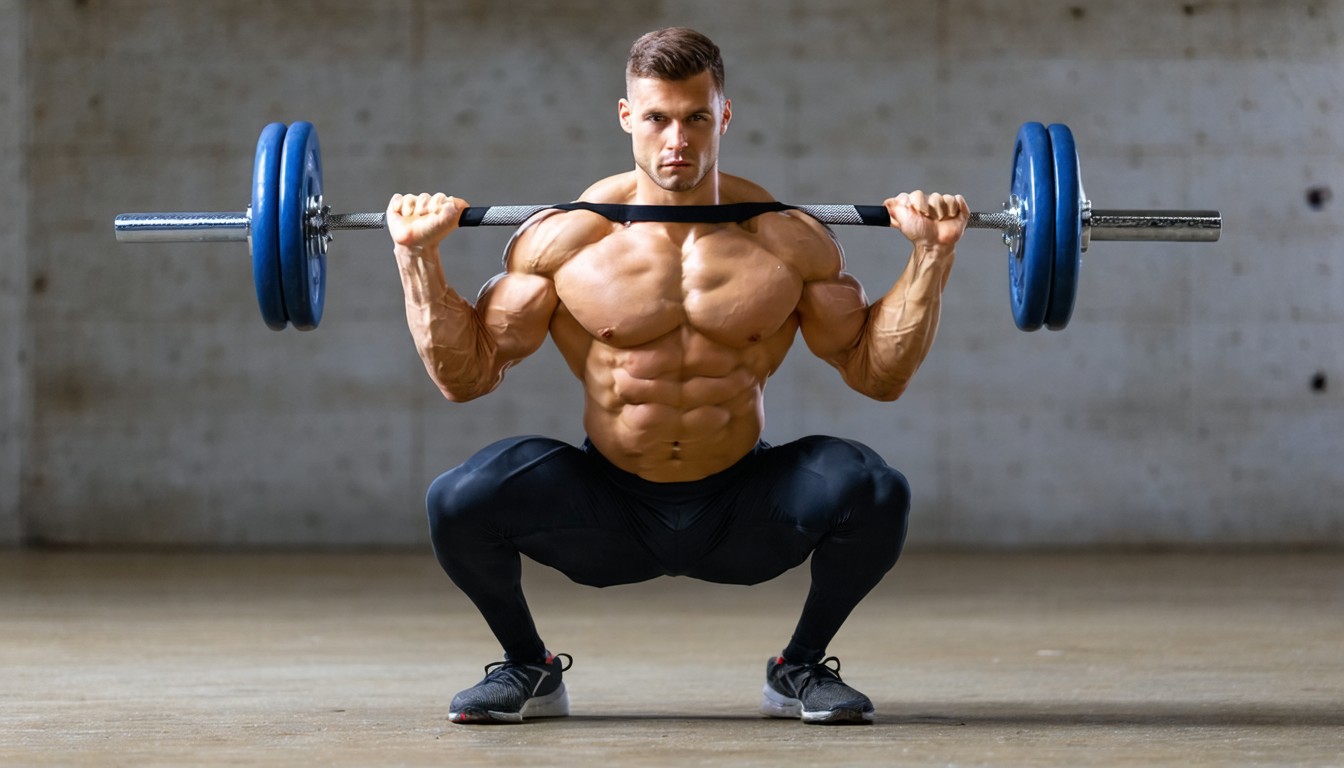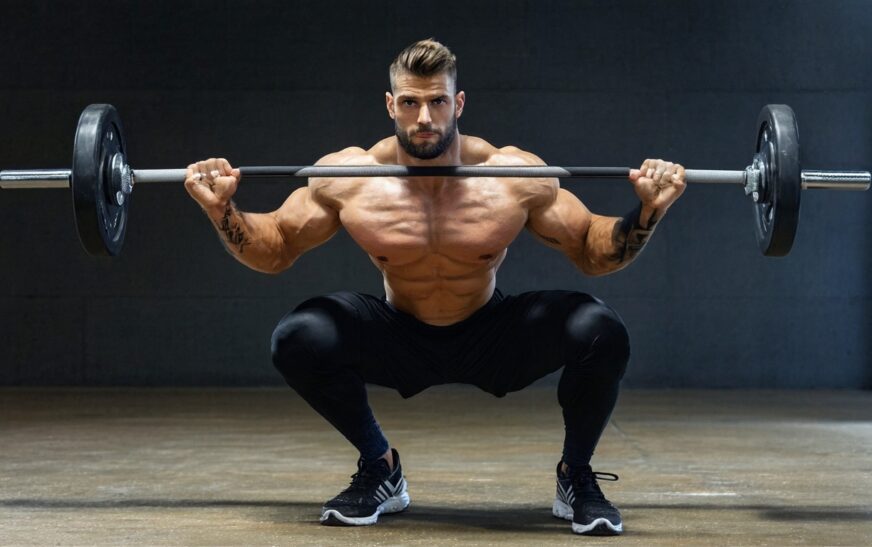In the world of strength training, certain movements earn a reputation that extends far beyond the gym floor. The Bulgarian split squat is one such exercise—a staple in performance programs ranging from athletic training facilities to boutique fitness studios. Often overshadowed by its barbell cousin, the traditional squat, the Bulgarian split squat offers a unique array of benefits for athletes, fitness enthusiasts, and anyone aiming to build lower body strength, stability, and functional movement patterns.
Popularized by Bulgarian Olympic weightlifting coaches in the late twentieth century, this single-leg squat variation challenges balance, mobility, and unilateral strength. Nowadays, it forms the foundation of programming for runners, team sport athletes, and rehabilitation clients alike. But why has the Bulgarian split squat climbed to such prominence, and what makes it indispensable for so many?
Benefits of the Bulgarian Split Squat
The Bulgarian split squat’s efficacy lies in its versatility and unilateral nature. Unlike bilateral exercises such as the standard squat, it works one leg at a time, requiring heightened muscular activation and coordination.
Enhances Lower Body Strength and Muscle Growth
Research indicates that single-leg movements like the Bulgarian split squat lead to substantial recruitment of the quadriceps, glutes, and adductors. By placing the rear foot on an elevated surface, lifters shift much of their weight onto the lead leg, prompting muscle adaptation and growth in key areas. Beyond simple aesthetics, this boost in unilateral strength enhances athletic performance, particularly in sprinting, jumping, and rapid directional changes.
Improves Balance, Stability, and Coordination
Notably, the split stance challenges stability—engaging the core and smaller stabilizer muscles to keep the torso upright. This dynamic makes it highly effective for addressing muscular imbalances, which can predispose individuals to injury. Dr. Emily Pappas, strength coach and founder of Relentless Athletics, remarks:
“Single-leg movements like the Bulgarian split squat are critical for developing strength that actually transfers to real-life activities and sport. They not only demand balance, but also reveal and correct asymmetries that often lead to injury or underperformance.”
Enhanced Mobility and Joint Health
Because the Bulgarian split squat moves the knee through a deep range of motion, it supports hip and ankle mobility. This is particularly valuable for people with sedentary lifestyles, as it counteracts tightness from prolonged sitting. In the context of injury rehab, the exercise is frequently recommended to improve patellar tracking and knee stability in a controlled manner.
Convenience and Adaptability
Beyond performance, this movement’s popularity is fueled by its low equipment demands. Whether at home or in a gym, individuals can use body weight, dumbbells, or even resistance bands to reap the benefits. This adaptability makes it ideal for busy professionals or frequent travelers.
Muscles Worked by the Bulgarian Split Squat
The Bulgarian split squat is not just a “leg exercise”—it’s a compound movement targeting multiple muscle groups across the lower and upper body.
Primary Muscles Targeted
- Quadriceps: As the knee bends deeply, the front thigh muscles bear the brunt of the resistance, especially as the torso remains upright.
- Gluteus Maximus: Lowering into the split squat maximally activates the glutes, particularly when the torso leans slightly forward.
- Hamstrings: While they play a supporting role, the hamstrings work hard to stabilize the hip and knee during both the descent and ascent.
Supporting and Stabilizing Muscles
Several additional muscle groups contribute to stability and control throughout the movement:
- Adductors (inner thigh): Work to maintain alignment of the legs.
- Core Musculature: Abdominals and obliques help keep the trunk stable, protecting the lower back.
- Calves: Provide ankle stability, especially as the lead foot maintains balance.
- Erector Spinae: Assist with upholding posture throughout the movement.
This collective involvement reveals why so many strength and conditioning experts view the Bulgarian split squat as a test of full-body athleticism.
Proper Bulgarian Split Squat Form and Step-by-Step Guide
Perfecting the Bulgarian split squat requires attention to both positioning and movement quality. While the setup is simple, it’s easy to undermine the benefits—and invite strain—if performed incorrectly.
Step-by-Step Technique
1. Setup
- Begin standing around two feet in front of a bench or low step.
- Extend one leg behind you, placing the top of your foot on the bench.
- Assume a tall torso, shoulders back, and core braced.
2. Descent
- Bend your lead leg to lower your hips straight down, keeping your torso upright.
- Continue until your front thigh is parallel to the ground or just below.
- Ensure your knee remains directly above your toes, avoiding excessive forward movement.
3. Ascent
- Drive through your front heel to return to standing.
- Maintain a steady tempo, resisting the urge to bounce or jerk upward.
4. Repeat
- Complete all repetitions on one leg before switching to the other.
Common Form Mistakes—and How to Avoid Them
- Overextending the Rear Leg: Leading to low back strain and reduced depth.
- Allowing the Front Knee to Cave In: Increases risk of knee injury and reduces muscle activation.
- Leaning Too Far Forward or Backward: Compromises balance and shifts the load away from target muscles.
- Letting the Front Heel Lift Off the Ground: Reduces activation of glutes and quads.
Pro Tips
- Adjust bench height so it’s just below knee level for most people.
- Use a spotter or hold onto a stable object when learning, especially if balance is a limiting factor.
- Focus on quality over quantity—slow, controlled reps trump heavy weights in the beginning.
Progressions and Variations
Once you’ve mastered the basic Bulgarian split squat, consider increasing the challenge:
- Add Dumbbells or Kettlebells: Hold weights at your sides for additional resistance.
- Goblet Split Squat: Hold a single dumbbell or kettlebell at your chest to challenge core stability.
- Pause Reps: Add a pause at the bottom of each rep to increase time under tension.
- Elevate the Front Foot: For advanced trainees, a deficit variation increases range of motion.
Real-World Applications and Training Strategies
The Bulgarian split squat’s practical applications extend well beyond strength gains. Athletes use it to enhance sprint speed and jumping ability, while runners and recreational lifters deploy it to correct side-to-side strength imbalances—a common culprit behind overuse injuries like IT band syndrome or patellofemoral pain.
Consider basketball player programming: offseason strength blocks often prioritize Bulgarian split squats to simulate the lunge and jump patterns inherent to the sport. Likewise, physical therapists prescribe the movement to patients needing to restore single-leg strength and confidence after lower limb injuries.
For general population trainees, integrating this exercise into a lower-body or full-body routine just twice per week can yield noticeable improvements in muscle definition, stability, and movement control.
Conclusion: Embracing the Bulgarian Split Squat
The Bulgarian split squat is more than just a fitness trend; it is a proven tool for building strength, correcting functional movement patterns, and reducing injury risk. Its unique combination of unilateral loading, balance demand, and mobility enhancement makes it accessible and effective, from elite athletes to everyday gym goers. Those willing to master its execution and integrate it consistently will discover powerful results, both in and out of the gym.
FAQs
What equipment do I need for Bulgarian split squats?
To perform a Bulgarian split squat, you only need a bench or sturdy elevated surface for your rear foot. Weights like dumbbells, kettlebells, or even a barbell can be added as you progress.
Are Bulgarian split squats safe for the knees?
When performed with proper form and controlled range of motion, Bulgarian split squats are generally safe and can even benefit knee health by strengthening surrounding muscles. However, those with existing knee conditions should consult a physical therapist before beginning.
How many sets and reps should I do?
Most programs recommend 2–4 sets of 6–12 reps per leg, depending on your goals and experience. Beginners may benefit from starting with bodyweight only and gradually increasing resistance.
Can I substitute Bulgarian split squats for regular squats?
While both exercises target similar muscle groups, they offer distinct benefits. Bulgarian split squats emphasize unilateral strength and balance, making them an excellent complement, but not a complete replacement, for traditional squats.

What’s the ideal bench height for my rear foot?
The bench or elevated surface should be roughly knee height or slightly lower. Too high can strain the back, while too low reduces the effectiveness of the exercise.




